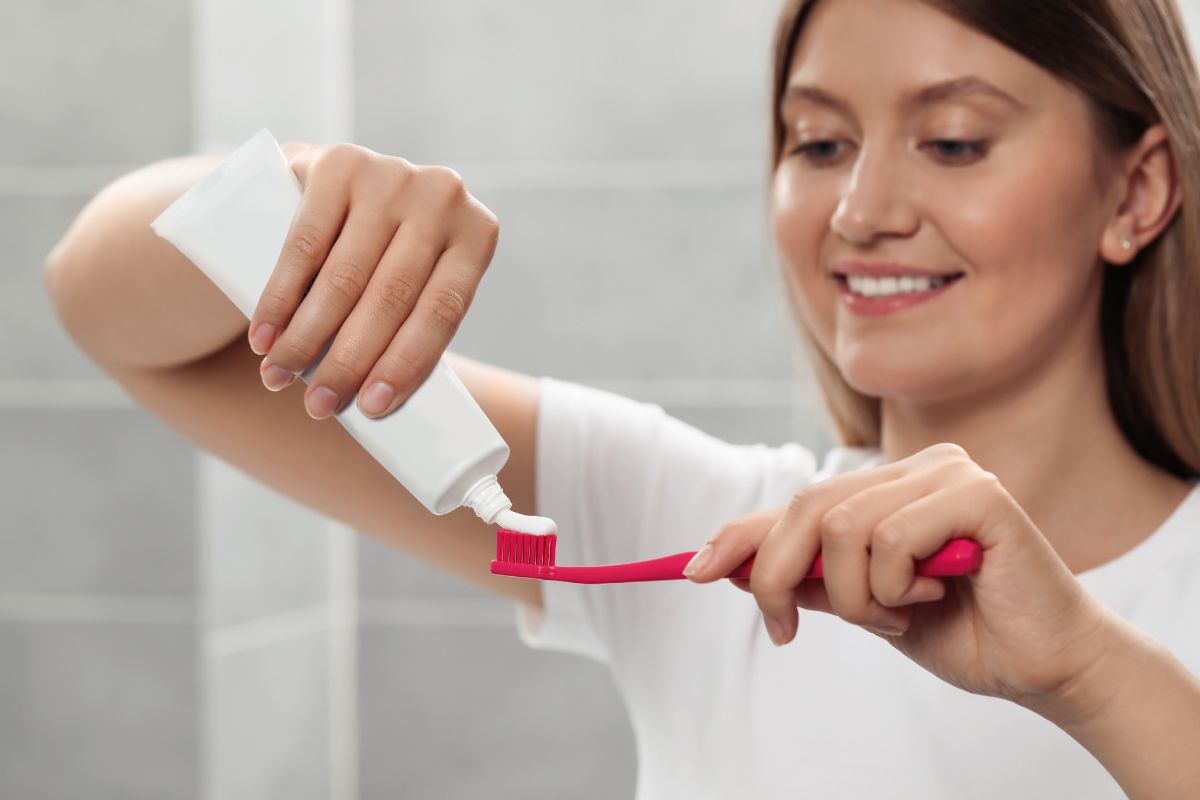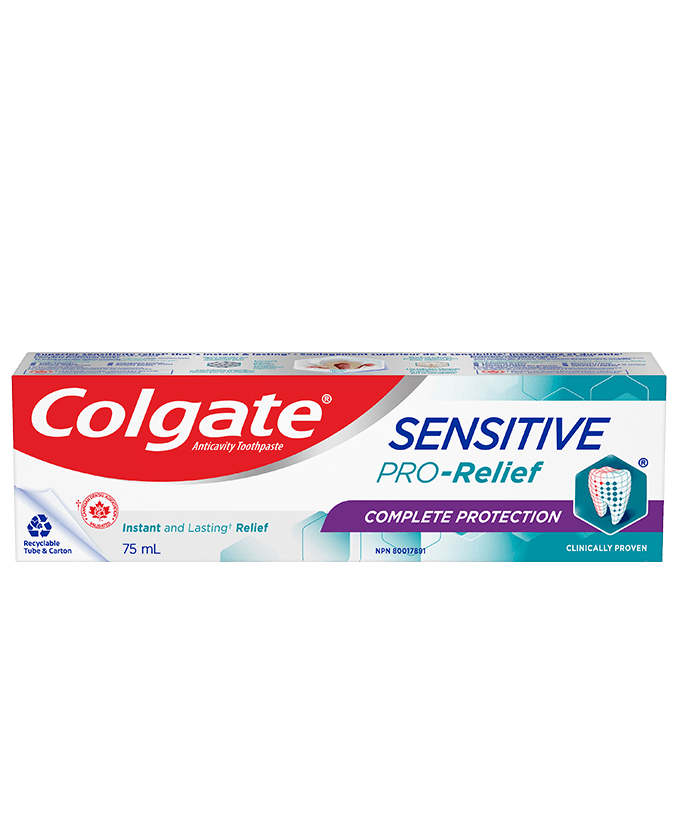12 Tooth Resorption Causes Revealed

Tooth resorption is a complex and multifaceted dental condition that can have severe consequences if left untreated. It is characterized by the breakdown or destruction of the tooth structure, which can be caused by a variety of factors. Understanding the causes of tooth resorption is crucial for preventing and treating this condition effectively. In this comprehensive review, we will delve into 12 tooth resorption causes, exploring the underlying mechanisms, risk factors, and implications for dental health.
Firstly, it is essential to recognize that tooth resorption can be classified into two main categories: internal and external resorption. Internal resorption occurs within the tooth, typically in response to pulp inflammation or infection, while external resorption affects the outer surface of the tooth, often as a result of trauma, orthodontic treatment, or periodontal disease. The distinction between these two types of resorption is vital, as it guides the diagnosis, treatment, and management of the condition.
Trauma: Dental trauma, such as a blow to the mouth or a fall, can cause tooth resorption. The impact can disrupt the tooth’s blood supply, leading to pulp necrosis and internal resorption. In some cases, the trauma may also cause the tooth to become loosened, increasing the risk of external resorption.
Orthodontic Treatment: While orthodontic treatment is designed to improve the alignment and appearance of teeth, it can sometimes lead to tooth resorption. The pressure applied to the teeth during orthodontic treatment can cause the roots to resorb, particularly if the treatment is not carefully managed.
Periodontal Disease: Periodontal disease, also known as gum disease, can cause external tooth resorption. As the disease progresses, the bacterial infection can spread to the root surface, leading to the breakdown of the tooth structure.
Pulp Inflammation: Pulp inflammation, often caused by deep cavities or dental procedures, can lead to internal tooth resorption. The inflammation can cause the pulp tissue to become necrotic, triggering a resorptive response.
Infection: Dental infections, such as abscesses or cysts, can cause tooth resorption. The bacteria can produce toxins that damage the tooth structure, leading to resorption.
Genetic Predisposition: Some individuals may be more susceptible to tooth resorption due to genetic factors. Research has identified several genetic mutations that can increase the risk of tooth resorption, highlighting the importance of family history in dental health.
Systemic Conditions: Certain systemic conditions, such as hyperparathyroidism or vitamin deficiencies, can increase the risk of tooth resorption. These conditions can affect the body’s ability to maintain healthy teeth and bones.
Dental Procedures: Some dental procedures, such as root canal treatment or tooth extraction, can cause tooth resorption. The manipulation of the tooth during these procedures can lead to inflammation or infection, triggering a resorptive response.
Bruxism: Bruxism, or teeth grinding, can cause tooth resorption. The chronic pressure on the teeth can lead to micro-fractures, which can become infected and trigger resorption.
Tooth Eruption: Tooth eruption, particularly in the case of impacted teeth, can cause tooth resorption. The pressure exerted by the erupting tooth can cause the surrounding teeth to resorb.
Cysts or Tumors: Dental cysts or tumors can cause tooth resorption. These lesions can produce enzymes that break down the tooth structure, leading to resorption.
Aging: Aging can increase the risk of tooth resorption. As we age, the teeth naturally undergo wear and tear, which can make them more susceptible to resorption.
In conclusion, tooth resorption is a complex condition that can be caused by a variety of factors. Understanding these causes is crucial for preventing and treating tooth resorption effectively. By recognizing the risk factors and underlying mechanisms, dental professionals can develop targeted strategies for managing and preventing this condition. Additionally, individuals can take proactive steps to protect their dental health, such as practicing good oral hygiene, avoiding dental trauma, and seeking regular dental check-ups.
What are the symptoms of tooth resorption?
+The symptoms of tooth resorption can vary depending on the type and severity of the condition. Common symptoms include tooth sensitivity, pain, or discomfort, as well as visible changes to the tooth structure. In some cases, tooth resorption may not produce any noticeable symptoms, highlighting the importance of regular dental check-ups for early detection and treatment.
How is tooth resorption diagnosed?
+Tooth resorption is typically diagnosed using a combination of clinical examination, radiographic imaging, and laboratory tests. Dental professionals may use X-rays or CBCT scans to visualize the tooth structure and detect signs of resorption. In some cases, a biopsy or other laboratory tests may be necessary to confirm the diagnosis and rule out other conditions.
What are the treatment options for tooth resorption?
+The treatment options for tooth resorption depend on the type, severity, and location of the condition. In some cases, tooth resorption can be managed with conservative treatments, such as root canal therapy or tooth filling. In more severe cases, surgical intervention may be necessary to remove the affected tooth or repair the damaged structure. In some instances, dental restorations, such as crowns or bridges, may be used to restore the tooth's appearance and function.
By understanding the causes and risk factors associated with tooth resorption, individuals can take proactive steps to protect their dental health and prevent this condition. Regular dental check-ups, good oral hygiene, and a balanced diet can all contribute to a healthy, resilient smile. Additionally, advances in dental technology and techniques offer new possibilities for the diagnosis, treatment, and management of tooth resorption, providing hope for individuals affected by this complex condition.

